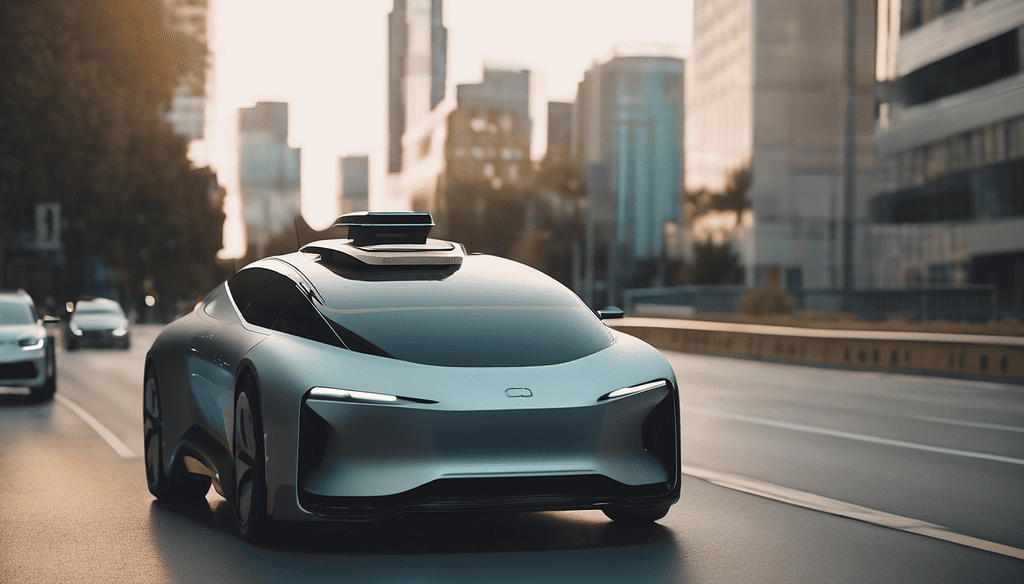The Perils of Premature Autonomy: Failings of Self-Driving Cars in 2023
Self-driving cars have been heralded as a transformative technology. The reality in 2023 is far from the utopian vision often portrayed in media.
The Perils of Premature Autonomy: Failings of Self-Driving Cars in 2023 Read More »









